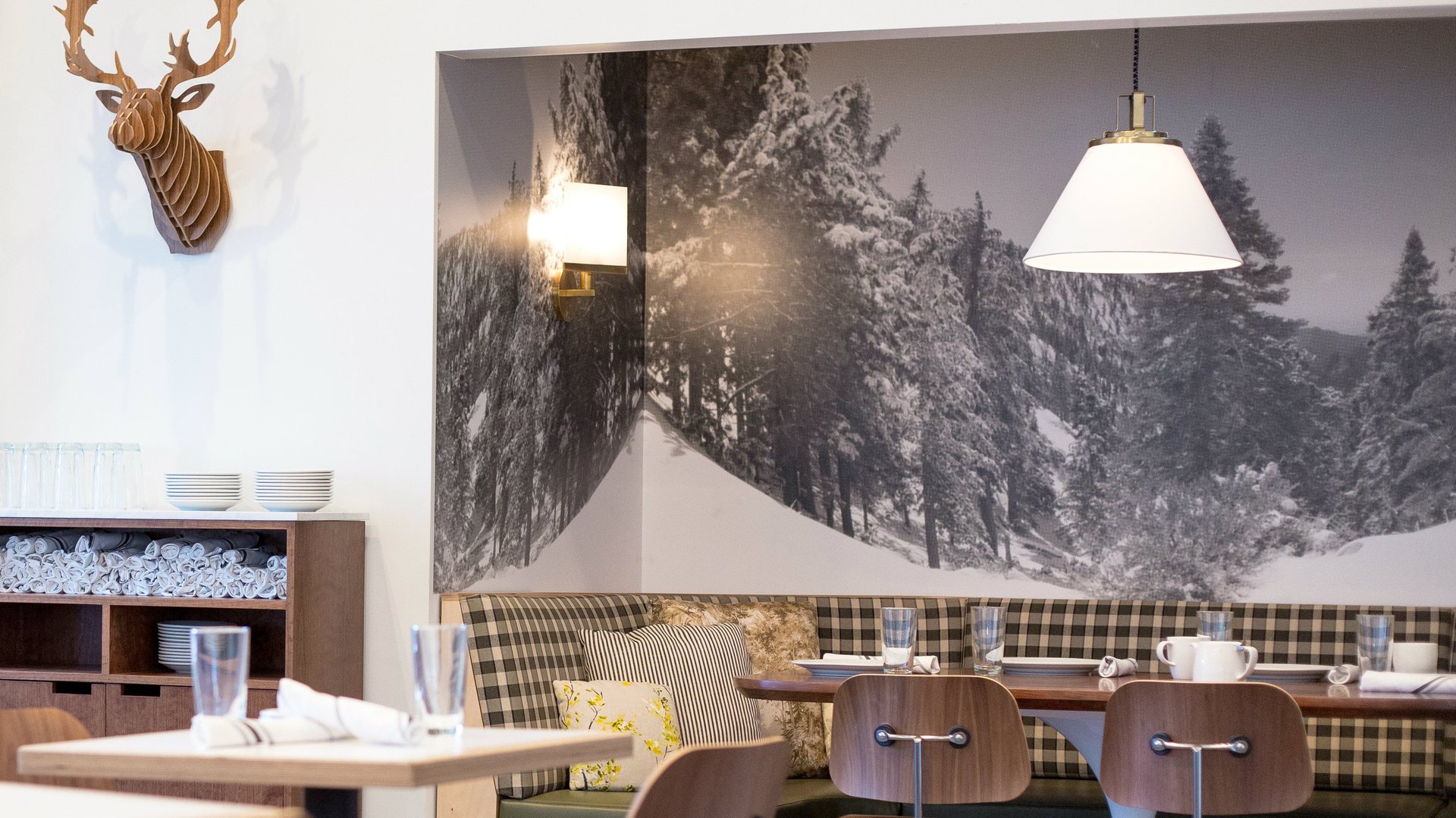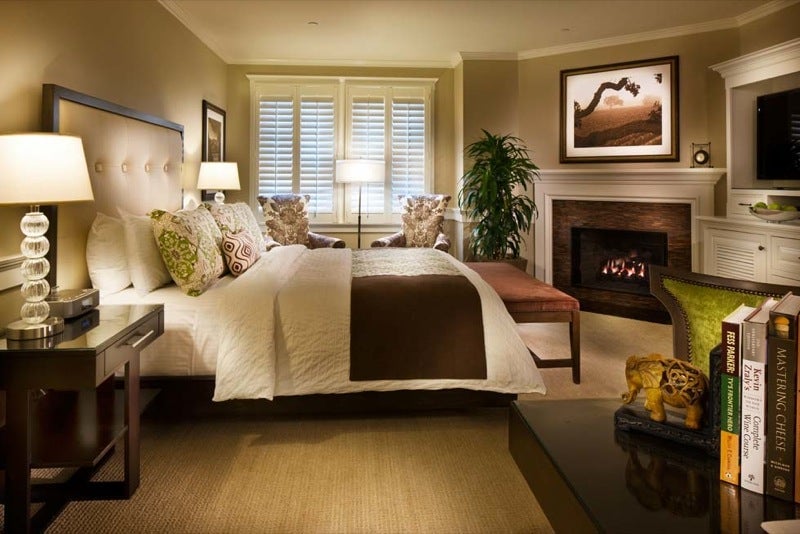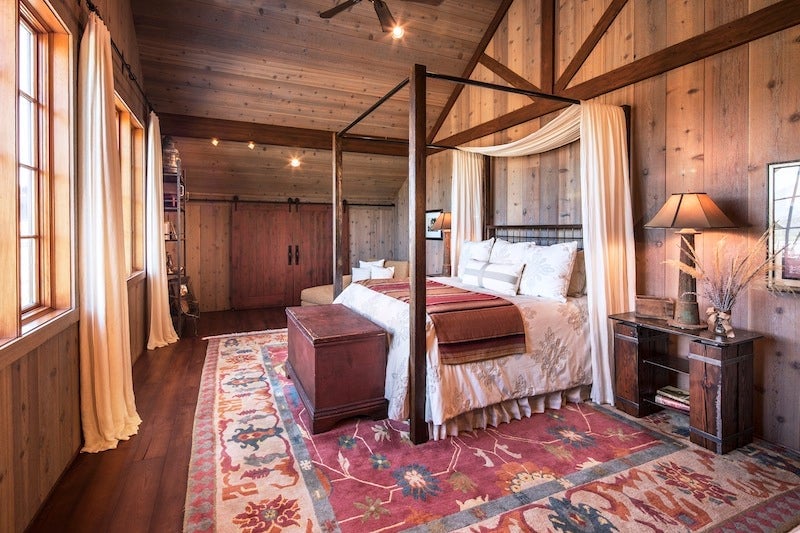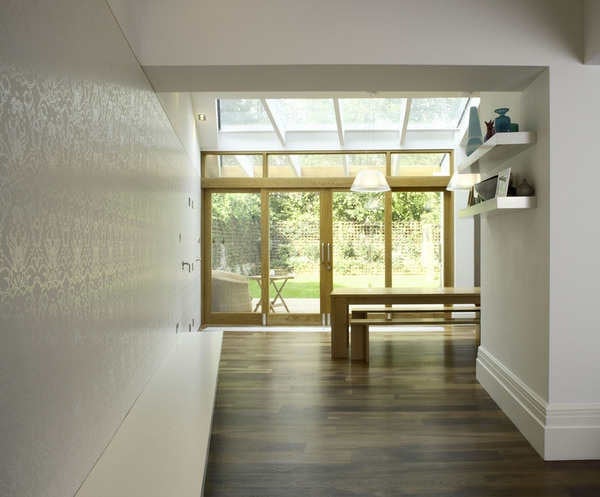Your diet may be vegan, but what about your furniture?
When Moby’s Los Angeles home and his new restaurant, Little Pine were designed, it was a given that animal products were verboten. The musician, an advocate of veganism and animal rights for 28 years, calls living with animal products both tacky and “creepy.”


When Moby’s Los Angeles home and his new restaurant, Little Pine were designed, it was a given that animal products were verboten. The musician, an advocate of veganism and animal rights for 28 years, calls living with animal products both tacky and “creepy.”
“A leather couch makes me think of Christian Bale in American Psycho,” he told Quartz, “or a bad recording studio in 1985 where they’d have a leather couch to seem glamorous, but also because it’s easy to clean up stains.”
Buy vintage wool if you need a new rug, he suggests. And don’t buy silk since it “feels weird,” and falls apart easily.
Moby is not alone.
Momentum is on the vegan movement’s side. While solid numbers are hard to come by, an estimated 2% to 6% of the American population is thought to be vegan while many more are now pursuing a reduced-meat diet. The rise of “vegan glam” has drawn in numerous celebrities and inspired high-end, plant-based restaurants like Crossroads in Los Angeles and By Chloe in New York.
Buoyed by veganism’s sudden popularity, vegan interior designer Shannon Scott and others hope that the same consumers who are choosing vegan diets will bring their convictions into their homes, and that demand for vegan interiors will rise with the larger trend.

For most people, going vegan at home wouldn’t be difficult or necessarily expensive. Most obviously, it would mean tossing out taxidermy and animal trophy heads, and avoiding leather, suede, cowhide and fur, says Scott. It would also mean banning wool, whether cashmere, merino, or baby alpaca, since the wool industry has been accused of encouraging grotesque acts of animal cruelty.
Silk sheets, coverlets, shams, or sheers would all be off limits, too. (Silk makers boil massive numbers of worms in their cocoons as part of their production process.) Even some types of high-end “natural” paint are made with a milk protein binder and are therefore not vegan.

Perhaps it will soon become more common for retailers to advertise look-a-like materials as “animal-friendly,” as mid-market West Elm does with with these mock shagreen coasters.
And what about silk and wool? The first is easily replaced by other natural materials and not especially sought after right now. But Turnbull and Scott agree that wool is the most difficult material to eschew, especially in area rugs. Fortunately, says Scott, high-quality alternatives, like durable bamboo silk, have begun to appear.
Of all the animal products that a home can harbor, leather may be the most controversial. That’s because of its link to the livestock industry, which is thought to be responsible for 51% of human-caused greenhouse gas emissions globally, and because tanneries in developing markets are known for contaminating the local water supply with pollutants like chromium.
Unfortunately for the vegan cause, however, market statistics suggest that leather upholstered furniture has become slightly more popular in recent years. Retail surveys by the trade publication Furniture/Today show that leather upholstery represented 34% of all retail sales in 2009. That figure rose to 38%, or $11.1 billion, last year.
Some awareness would fix that, according to Scott. Over the years, synthetic leather has been an easy sell to customers. Most people just haven’t thought about the connection between their furniture and greenhouse gases or animal abuses, she says, but they also want to be sustainable and will choose materials like salvaged wood or organic cotton for their homes.
“When I explain why I don’t eat meat or use leather, they say, ‘Oh, I never knew about any of this!’” she explains. Last year a client pushed back about faux leather for the first time ever, asking, “What if we want the real thing?” Scott politely told them that they’d have to order it themselves.

Emily Turnbull, who lives just outside London and runs Studio Can-Can: Vegan Interior Design and Build, says using faux leather has never become an issue in her work, even with upmarket clients, because engineering has brought the fake stuff such a long way. “No one ever minds, once they see there are viable alternatives,” she says. Just as with vegan foods, “no one has to be feel deprived.”
Indeed, several luxury car makers have recently made vegan interiors an option for customers, and none other than Ferrari just introduced a premium leather-like material called Mycro Prestige in its California T. (Meanwhile, PETA, a Tesla shareholder, is pressuring the auto company to ban leather seats in their eco-friendly cars and calling on Uber to end the requirement that Uber Black cars have leather interiors.)

At Herman Miller, the iconic Eames lounge chairs and ottomans aren’t available in synthetic leather or polyurethane materials—yet. In an email to Quartz, Diane Turnwall, vice president of materials design and development, said that the company has plans to introduce faux leather options by mid-2017.
The change was not motivated by increased interest from vegan customers, she added, but rather by the company’s desire to stop selling vinyl. “That being said,” she wrote, “We do occasionally get requests for alternatives to leather and this has slightly increased over the last 18 months.”

Realtor Eva Szczepanek, a committed vegan and member of the high-profile group Toronto Pig Save, says she only works with decorators who use vegan materials when they stage a home. “It makes everything lighter, more peaceful, and totally changes the energy,” she says. “It makes a big difference to live in a house where there isn’t anything that was made through harm or suffering.”
Moby would concur. He cautions: “If you walk into someone’s house and you see a black leather couch, a dead cow hide on the floor, and an alligator skin chair, you just don’t want to be friends with that person. They could be narcissistic and very entitled—or possibly a serial killer.”
